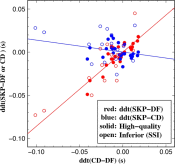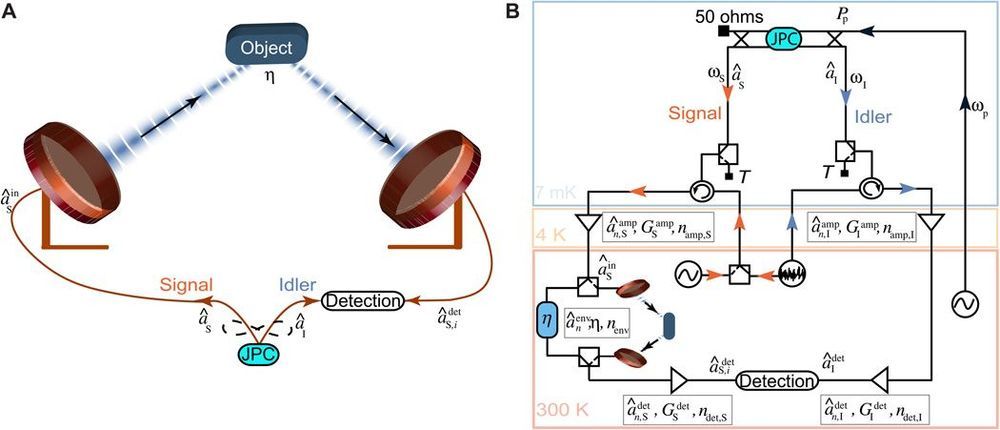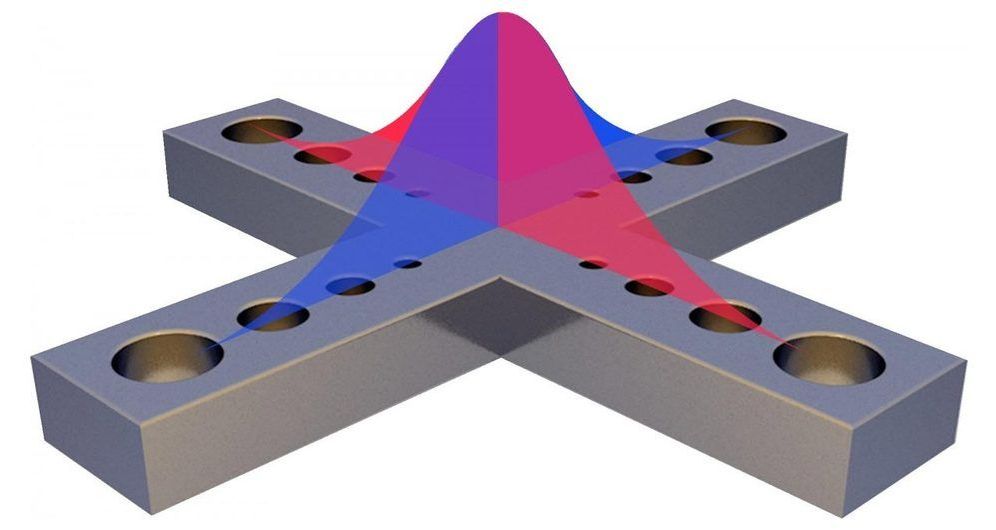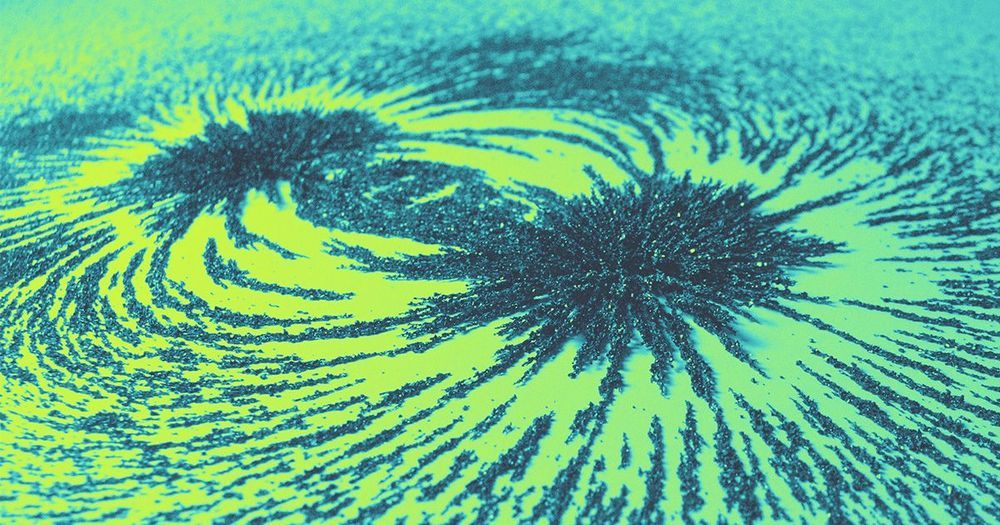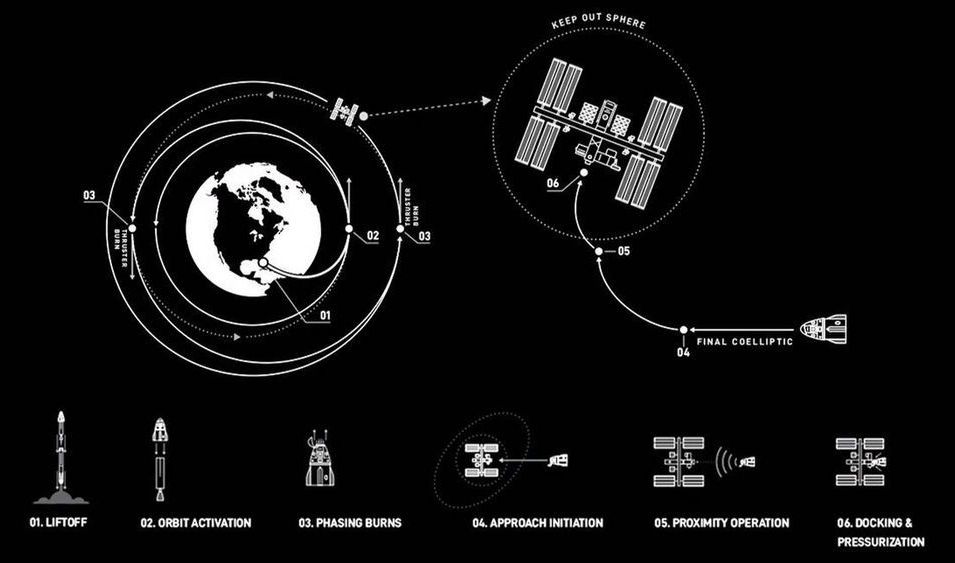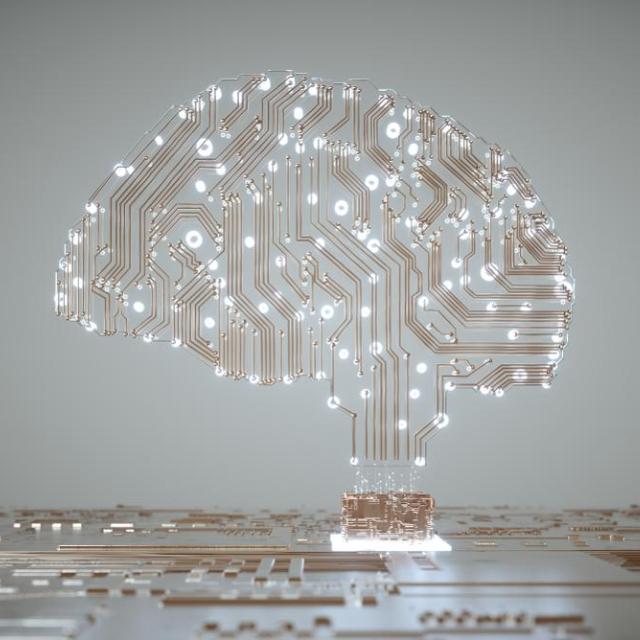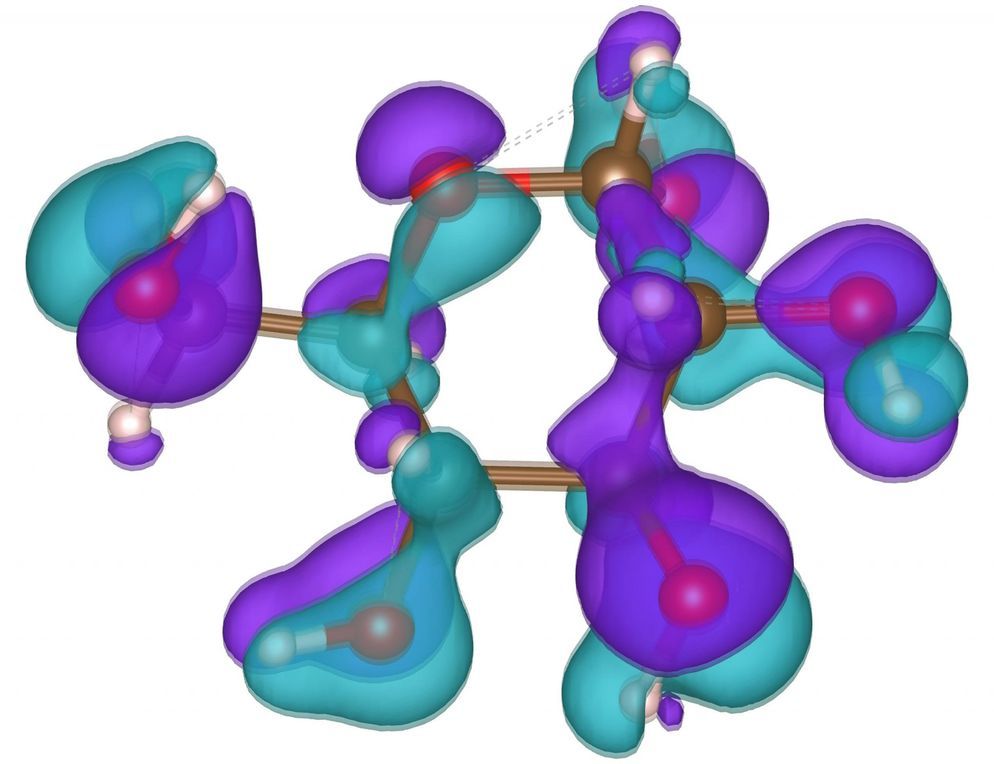May 16, 2020
Origin of temporal changes of inner-core seismic waves
Posted by Saúl Morales Rodriguéz in category: futurism
Temporal changes of inner-core (IC) seismic phases have been confirmed with high-quality waveform doublets. However, the nature of the temporal changes is still controversial. We investigated systematically the temporal changes of IC refracted (PKIKP) and reflected (PKiKP) waves with a large data set of waveform doublets. We used non-IC reference phase (mainly SKP), which eliminated ambiguity where the temporal changes come from. We found that the temporal changes have always started at refracted PKIKP and the travel time changes correlate better with PKIKP. Changes in reflected PKiKP can be easily contaminated by the strong and time-varying PKIKP and coda wave trains and therefore are not reliable indicators for IC boundary changes. Combining with previous observations, we conclude that the temporal changes come mostly (if not all) from the IC interior and IC surface changes as the sole source suggested previously can be ruled out. The differential rotation of the IC shifting its heterogeneous uppermost structures is the simplest and most reasonable explanation for the origin of the time-varying IC waves. A rotation rate of about 0.05–0.1° per year with possible decadal fluctuation can reconcile all temporal change observations from body waves, IC scattering, and normal mode data.
